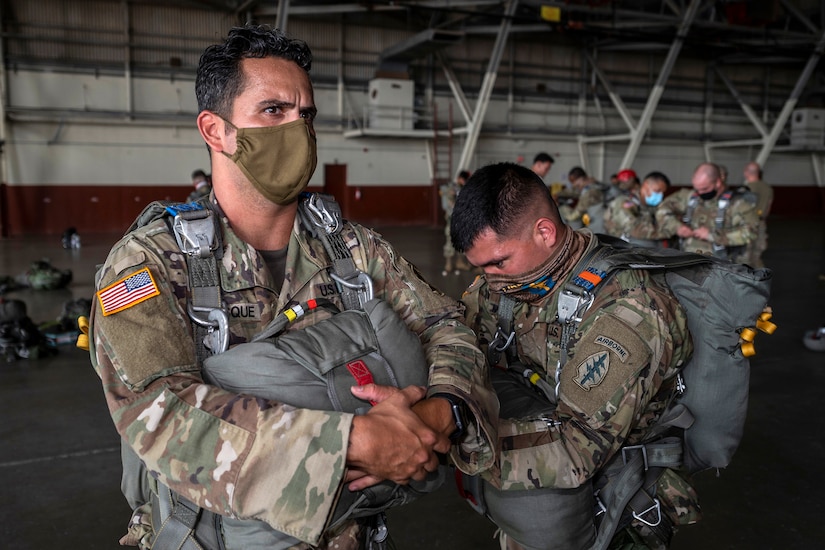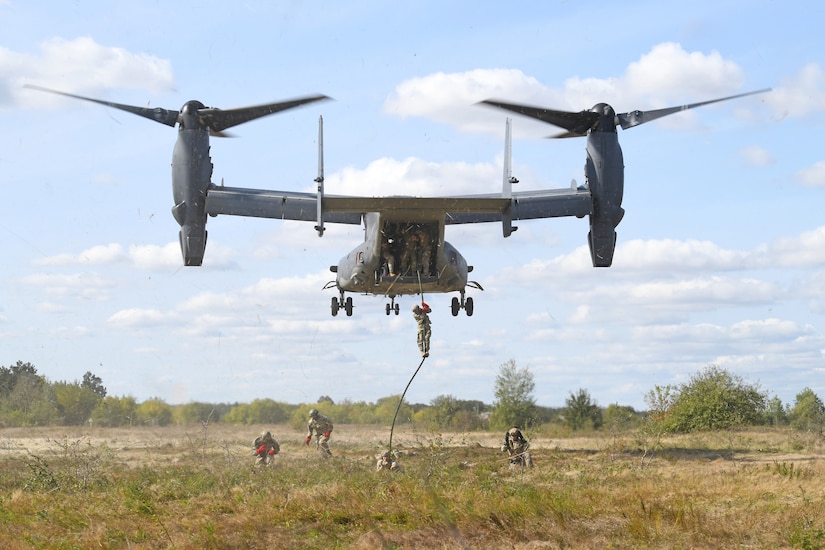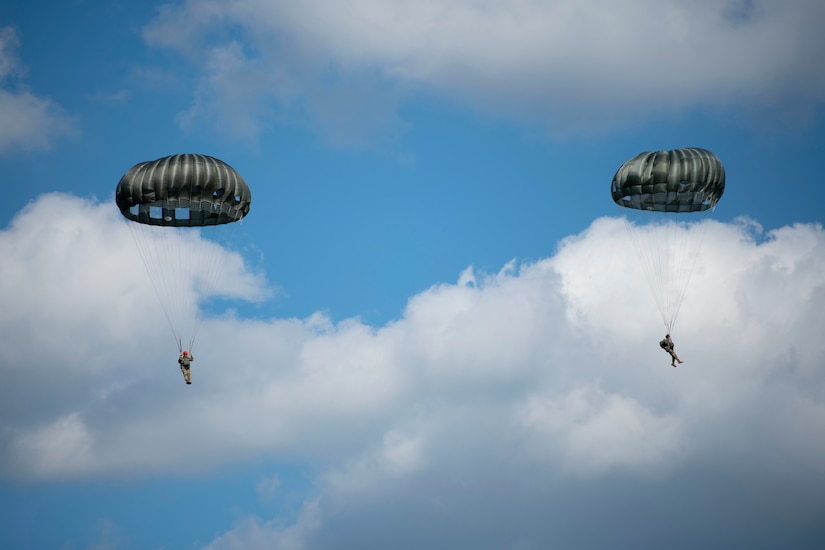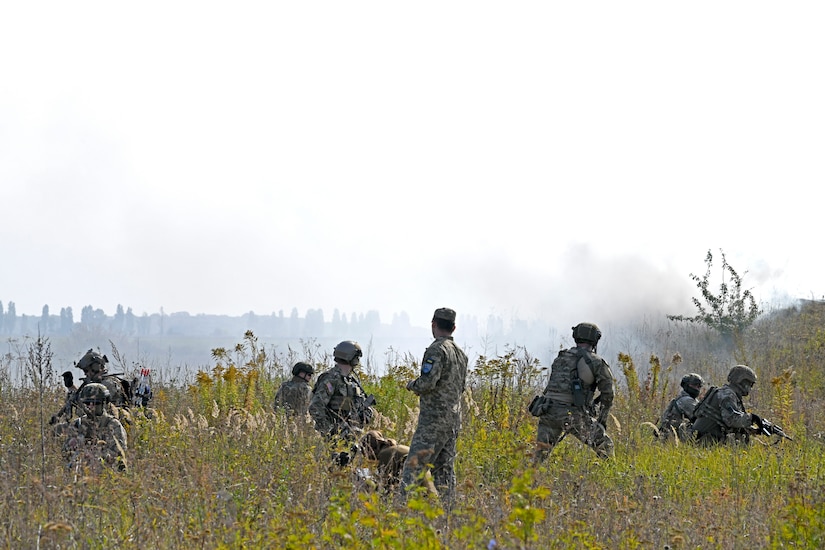Oct. 2, 2020 | , DOD News

This unclassified summary of the IW Annex allows the department to communicate to interagency and industry partners, along with the American public, about the proactive efforts by the department to avoid crises, said Joe Francescon, deputy assistant secretary of defense for special operations and combatting terrorism.
"Officials hope this summary reassures the American public, allies, partners and the international community of the department's strongest commitment to be proactive against the security challenges confronting the nation," he said.
Adversaries like Russia and China use IW tactics and techniques, which are below the threshold of conventional warfare, to influence populations. These tactics and techniques include activities such as using social media to erode the legitimacy of democratic values and institutions, he said.

China in particular, uses IW to steal intellectual property that's vital to national security, he said. Beijing also provides infrastructure loans to nations with the expectation that the money can be used to leverage its global military strategy.
The annex provides a strategy for dealing with these malign influences short of war. There is a vast array of non-kinetic options available to conventional and special forces to prevent war, and if deterrence fails, to shape war, he said.
Working with allies and partners is one of these options, Francescon said. For example, if a U.S. aircraft carrier operated with an ally like Japan Self-Defense Forces in the South China Sea, that would send a message to Beijing that freedom of navigation is important and meddling in the affairs of nations in the region will not be tolerated, he said, meaning that partnerships send a stronger signal than acting unilaterally.

Another example, he said, would be the U.S. and other Arctic nations collecting intelligence on Russian and Chinese economic and military activities in the area in order to better forecast and forestall bad behavior.
The DOD also works with allies and partners in the area of military information support operations, to counter propaganda and falsehoods from adversaries.
Cooperation with industry is also important in the IW effort, Francescon said.
For instance, industry could assist by building tools to help identify Chinese or Russian bots that spread misinformation, he pointed out.

Interagency cooperation is also an essential part of the IW Annex strategy, he said. For example, DOD supports the State Department's Global Engagement Center, to help counter misinformation campaigns by adversaries. The center coordinates this work with U.S. embassies throughout the world.
Lastly, the department has incorporated IW strategies in the curriculum at department training and education centers, he said. Included in that curriculum are ways adversaries use IW to their advantage, DOD countermeasures and incorporating the hard lessons learned from past IW efforts in Vietnam, Iraq and Afghanistan.
In short, the IW Annex is a road map for deterrence and provides off-ramps for the U.S. in options short of kinetic warfare. "That should be reassuring to the American public," he added.







No comments:
Post a Comment